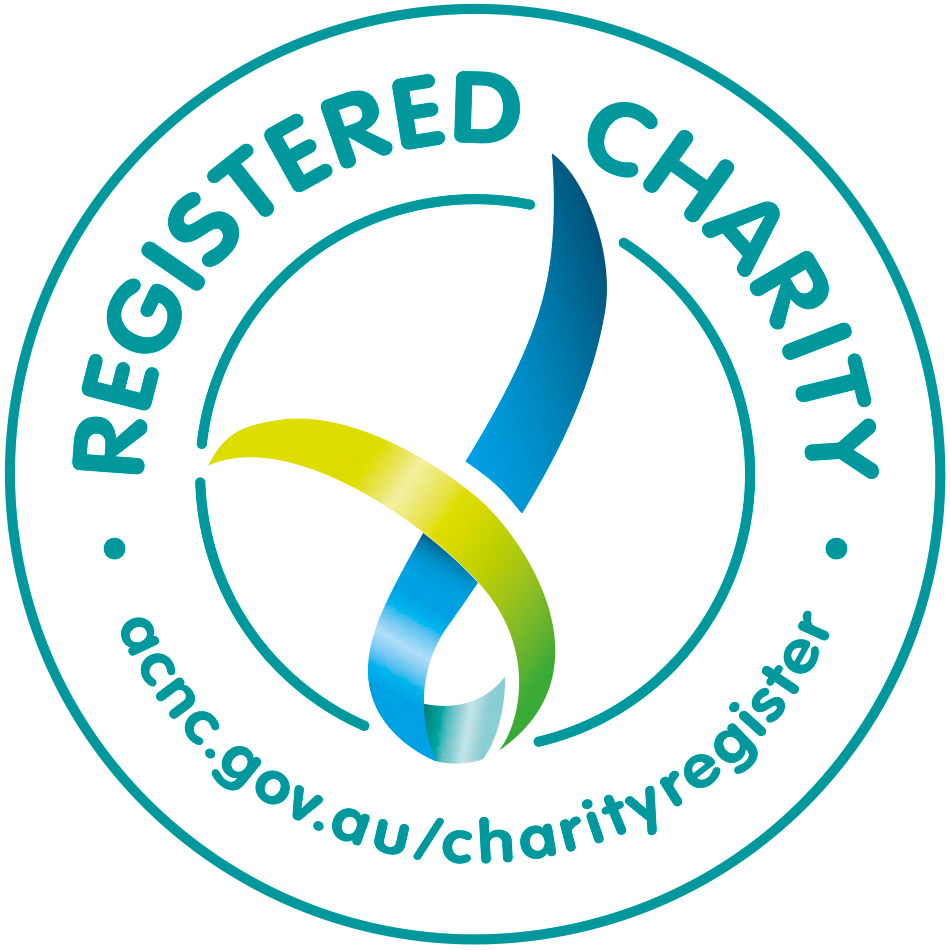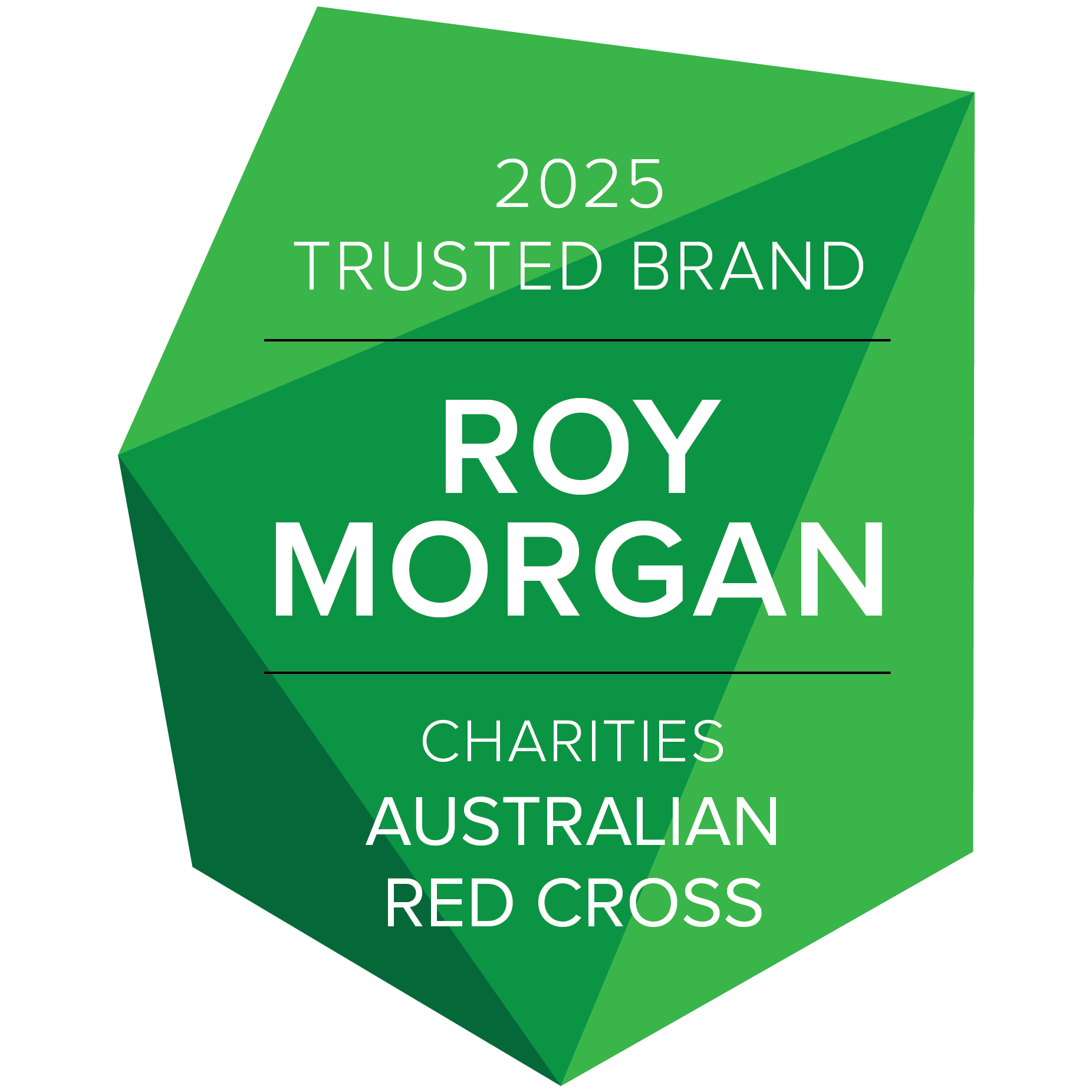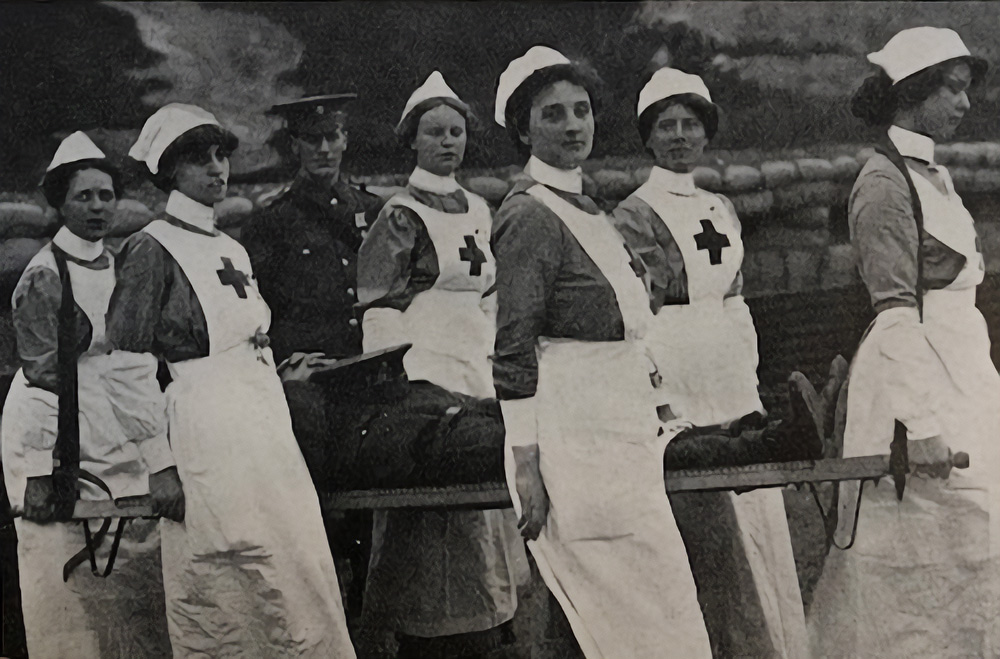


Anzac Day – 25 April – is a day on which Australians and New Zealanders reflect on our shared history and pay respects to those who have lost their lives in war.
It is also a day when we reflect on the health and humanitarian personnel who work in times of war to provide assistance to the sick and wounded and to support civilians impacted by the hostilities.
Our thoughts on this day often include black and white images of wounded soldiers in lands far from Australia and New Zealand. We also recall sepia-toned scenes of nurses and stretcher bearers wearing a red cross on a white background, or that same emblem painted on a vehicle (maybe even a donkey!) or the roof of a canvas hospital.
Today’s reality is, of course, somewhat different.
In the 109 years since that 1915 Gallipoli campaign commemorated by Anzac Day, we have seen wars move from remote fields, far from towns or villages, into densely populated environments. These contexts present significant new challenges for protecting civilians and the sick and wounded, but health and humanitarian workers have remained steadfast, as have the rules that protect them under international humanitarian law (IHL), also known the laws of war.
These laws remind us of our common humanity, aiming to limit suffering in times of armed conflict.
The laws protect those outside the fight, such as civilians and civilian populations. The wounded and sick must be collected and cared for and parties to the conflict must take all feasible precautions to protect the civilian population from the effects of attacks. Now more than ever we need these rules to be followed. When they are applied, they protect, setting standards, limits and boundaries.
The logical and necessary adjunct to the rules protecting civilians and ensuring that they have essential items and services available is the special protection of, and respect for, principled health and humanitarian workers, and their work to provide and facilitate the relief critical to the survival of the affected population.
In spite of this special protection under IHL, health and humanitarian personnel – and their sites and facilities – are among the increasing casualties of war.
As a member of the international Red Cross and Red Crescent Movement (the Movement), Australian Red Cross has a vested interest in their protection. We are a Movement of more than 16 million humanitarians, with many of these people providing assistance in times of armed conflict.
These humanitarians – the vast majority of them volunteers – search for the wounded and bring them to hospitals, provide life-saving health care, rebuild infrastructure including shelter, clean water access, toilets. They work under the emblems universally recognised to mean “don’t shoot, we are, this is, not a target”.
The nurses, doctors, health workers and humanitarians of the Anzac and World War I experience paved the way for the dedication and bravery of the humanitarian workers relieving suffering in conflicts through the last hundred years and into today. It is incumbent upon us to use Anzac Day to shine a light on the efforts of humanitarian workers and a chance to honour and call to mind the absolute need for the safety and security of humanitarian workers that forms an indispensable condition in the relief of wars’ suffering.

Red Cross pays our respects to the Aboriginal and Torres Strait Islander custodians of the country where we work, and to Elders, past, present and emerging.
Learn about our Reconciliation Action Plan and how we can all make reconciliation real.
This website may contain the images, voices or names of people who have passed away.


© Australian Red Cross 2025. ABN 50 169 561 394
